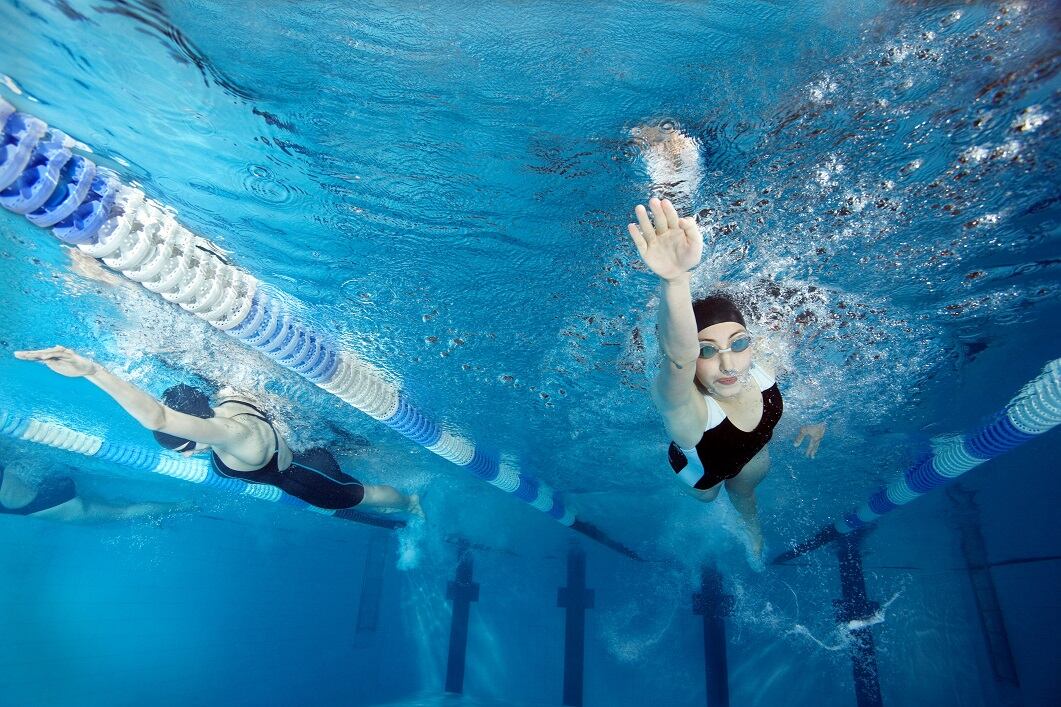Such supplements were found to include creatine monohydrate (47%) and beta-alanine (37%) which were consumed on a daily basis, mainly to support performance and recovery.
The ‘Nutrients’ published research also notes that 98% of the included participants used a minimum of one sports supplement, even in the "development group" which includes swimmers aged 11-14 years.
The researchers emphasise: “Based on these results, supplement education and greater focus on basic sport nutrition practices may be required for parents/guardians at the development level.
“Moreover, further research is needed to support the high number of ergogenic aids used by national swimmers, with the efficacy of these supplements currently equivocal in the applied setting.”
Sports supplements
There is an array of nutritional supplements that may improve sporting performance, which are categorised into sports supplements, medicinal supplements, and ergogenic aids. Their potential benefits for athletes have led to their widespread usage across sports at the elite, junior, and recreational levels.
The use of such supplements is particularly significant amongst professional swimmers. Whilst their usage at the Olympic and elite-level is well-documented, it is known that there is growing number of adolescents consuming supplements for sporting performance due to an increased availability of information.
However, the types and quantities of supplements used at this age has not previously been determined, even though this would help to provide evidence for monitoring and education strategies for sports nutritionists working with swimmers.
Thus, the present cross-sectional study sought to observe the supplement usages within a UK-based high-performance swimming club at three different talent stages.
Study
The research included a total of 44 swimmers from within three talent stages: development (11-14 years), age-group level (13-17 years), and the experienced national competitors (16 years and above). The participants were interviewed with questions based on a validated supplement intake questionnaire.
It was noted that 98% of the interviewed swimmers were reported to be using at least one supplement, with the main reasons for usage being performance (34%) and recovery (19%).
Those at national level were observed to use significantly more total supplements, which was mostly due to an increased daily intake of ergogenic aids including creatine monohydrate (47%) and beta-alanine (37%). They were also noted to have increased intakes of health supplements including omega-3 and vitamin D.
The parents and guardians were found to be main informants for supplement usage within the development group (74%), whilst performance nutritionists were responsible for around 50% of supplement information within the age-group and national swimmers.
The primary motivation for supplement use in the development group was performance (38%). However, the ‘performance supplements’ reported by this cohort were mostly from the sports supplement category (96%) as opposed to ergogenic aids (4%), which the authors note is appropriate at this training age given that sports supplements carry lower risks of side-effects and/or inadvertent doping.
Age-group swimmers consumed a similar number of supplements as development swimmers (~5 per swimmer), albeit with a change in their supplement choices, reasoning, and information sources. Indeed, the percentage of swimmers using pill and powder sports supplements was increased compared to the development group (electrolytes: +33%, protein powder: +42%), whereas more swimmers also consumed ergogenic aids (46 vs. 5%). The use of caffeine (23%), creatine monohydrate (8%), beta-alanine (8%), and beetroot juice (8%) was reported.
Less age-group swimmers used supplements for ‘performance’ compared to development swimmers (−12%), instead citing ‘recovery’, ‘immunity’, and ‘convenience’ as motivating factors. This change was partly due to the introduction of formal sports nutrition education, with a performance nutritionist appearing to replace parents/guardians as the primary source of supplement information.
The report states: "Based on these findings, a transitional stage in supplement use was identified, whereby age-group swimmers become more exposed to sport nutrition and begin trialling ergogenic aids. It is therefore imperative that a ‘performance-enhancing’ diet is not undermined at this age, which may be supported by practical workshops that develop food literacy and cooking skills. Furthermore, strong anti-doping messages would also be of benefit, informing swimmers and guardians of the risks of inadvertently ingesting banned substances when using pill and powder nutritional supplements."
National swimmers used an average of eight different nutritional supplements (~3 health, ~3 ergogenic, ~2 sports). This was higher than the total number of supplements used by age-group swimmers, most notably since more swimmers reported using ergogenic aids (creatine monohydrate: +47%, beta-alanine: +37%) and health supplements (omega-3 fatty acids: +55%, vitamin D3: +35%) on a daily basis. Moreover, national swimmers used more ergogenic aids than age-group swimmers at competitions (caffeine: +59, sodium bicarbonate: +36%).
Implications
The study noted a significant usage of sports supplements in swimmers across a range of talent stages.
With regards to the finding that there was significant usage within the development group, the researchers emphasise: “It is therefore prudent to suggest that supplement education could be best implemented to parents/guardians at the development stage to facilitate safe and effective supplement use later in the swimming career.”
Yet, the researchers urge for further studies to investigate the the evidence supporting the use of ergogenic aids.
Source: Nutrients
https://www.mdpi.com/2072-6643/15/15/3306
“Nutritional Supplement Use in a UK High-Performance Swimming Club”
by Josh W. Newbury, S. Andy Sparks, Matthew Cole, Adam L. Kelly and Lewis A. Gough

